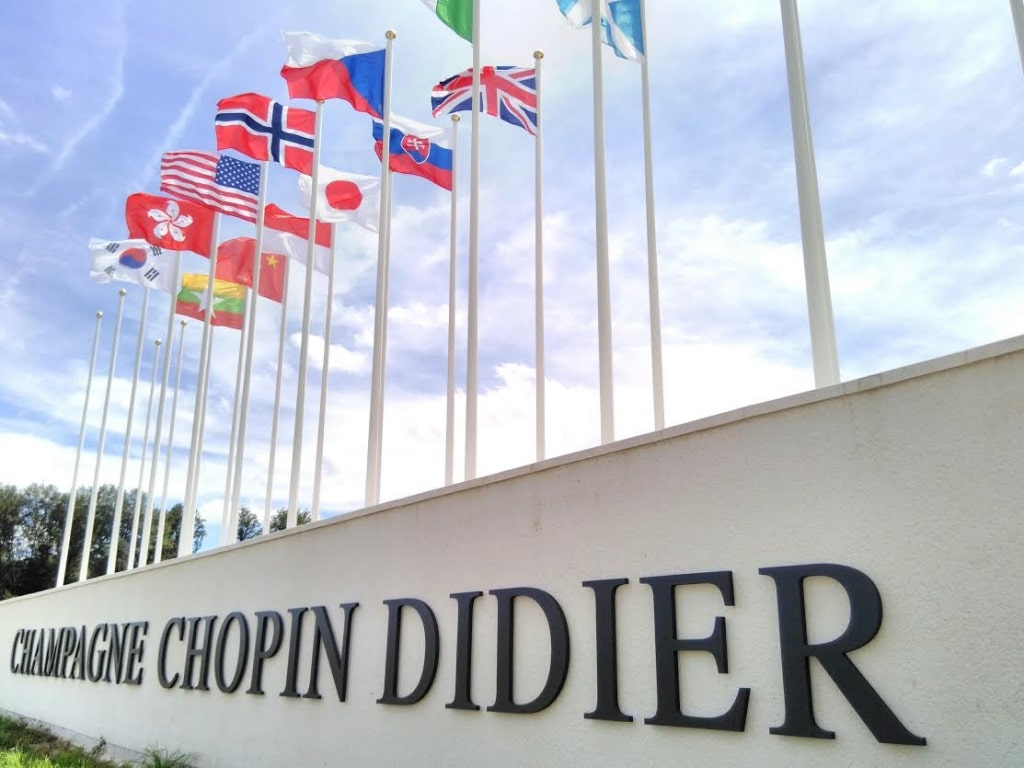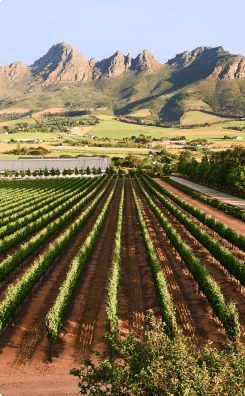Melvyn Minnaar: Art, wine and their shared history of deceit
By Christian Eedes, 3 November 2025
Whenever a wise guy pooh-poohs my fierce argument about the parallels between art and wine, I point out how these two human productive endeavours share a history of mischief. “Creative Crimes,” I call it. Art and wine, it seems, can bring out the finest but also the worst and scheming invention in those involved. Sometimes it is with remarkable dexterity – the fine art of deceit. Usually, it is also a big money game.
Two examples to argue my point deliciously dramatic:

In September this year, a Frenchman named Didier Chopin was sentenced to jail for – Mon Dieu! – making and marketing fake Champagne. Earlier, in April, Spanish experts unveiled a serious deception, possible criminal conspiracy, by an art dealer who was trying to sell a fake “lost Caravaggio” painting to a dealer for 275 000 euros.
Champagne and Caravaggio: the two big Cs in deception. No point in aiming lower if you want to tap the rich. (Michelangelo da) Caravaggio, who died in 1610 at age 38, is a very big name in art (and money) and fakes form part of his legacy. And, of course, the wine of princes and parvenus is Champagne, hence that chicanery.
A few weeks ago, a glorious painting of Caravaggio, The Lute Player, was finally recognised as genuine and indeed painted by the master. Previously it had a complicated, convoluted history of misrepresentation. Here, too, bags and bags of money are in the game as the work may come up for auction. Such is the game plan of authenticity or not.
There are several great intrigues and detective stories that dot the history of wine since it became a collector’s item – exactly like when art became the plaything of the rich.
Perhaps the most famous of recent wine fakery is that of the Indonesian-born hustler Rudy Kurniawan who traded in the very big-big time with rip-off Bordeaux and Burgundies in the USA during the 2000s. His story is told in the documentary Sour Grapes (2016), still a powerful movie to watch and confirm the crookery in top wine business. He was sentenced to ten years for fraud in 2013 and later deported.
It is said that he is nowadays practicing his Art of Deceit as a party trick – catching out snobbish wine experts on concoctions he contrives. His skill at the height of his wine dealing was to blend old and new and whatever, faking the labels and talking the talk to the rich and famous. (There seems to be a moral hidden here in the argument between sighted and ‘blind’ judgments.)
Anyway, Kurniawan is just the super star in this art of wine chicanery. Be sure, there are and will be many more players and performers.
In fact, thirty-five odd years ago a rather daring scam was perpetrated below the bold peak of Paarl Rock. It echoes the very industry that got poor monsieur Chopin in such trouble. And yes, it was Champagne, and no less, perhaps its best-known brand. We are talking of the KWV’s infamous Boland version. A scam for the record books – and still a screenplay to be cast for a hit movie.
The KWV fake ‘champagne’ story is still clouded in some unknowns, but according to reports in newspapers like The Observer and Mail & Guardian in the late 1990s, some facts came to light. Names were named and memoranda evidenced. Those in charge of Project Spark quietly left the organisation, and the story petered out. Yet that comical history deserves to be remembered.
What is impressive about the KWV plot was that it was ambitious and on a big scale. Basically, what it came down to was to creative imitation ‘champagne’ from chenin blanc, colombard, et al. And, of course, like M. Chopin, add gas.
To quote the M&G (June 6, 1997): “The fax says the label designs were presented to the four men by July 6. ‘The product was tasted and approved. Dr Retief approved the project in principle on June 29, 1990, and in his absence Mr J van Niekerk obtained approval on July 23, 1990, for the project to proceed provided that orders were received for the full 20 000 cases and acceptable guarantees.’ Retief approved the ordering of the bottles on August 3 and ‘KWV proceeded to order 252 000 bottles from France, 240 000 corks from Portugal, printed with the word Champagne, as well as 240 000 gold foil capsules. The value of these goods is R663 000.’
Not a small project. While the story gets complicated, involving Cuba and some French characters, the aim was to create two ‘champagnes’ under the ‘Charles Lemond’ and ‘Paul Lambert’ labels. Another arm of Project Spark was to produce fake bubbly under the world-famous Moët et Chandon label.
Like Caravaggio, Moët is the brand on the lips of the have-to-haves. So it all made such sense. Like I said: art and wine – colleagues in crime.
- Melvyn Minnaar has written about art and wine for various local and international publications over the years. The creativity that underpins these subjects is an enduring personal passion. He has served on a few “cultural committees”.








Comments
0 comment(s)
Please read our Comments Policy here.